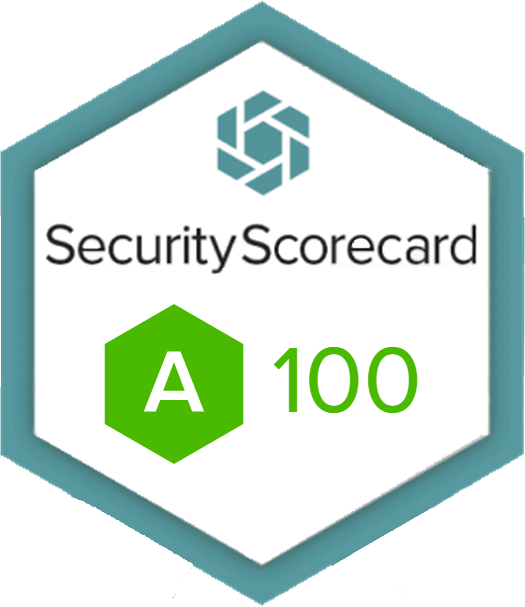eWorkOrders CMMS/EAM Advanced Features
Spare Parts Inventory
Inventory Control – Streamline warehouse product management with comprehensive tracking and control.
Parts Replacement Tracking – Automatically record part replacements for detailed equipment history and inventory usage.
Inventory Accuracy – Utilize barcode scanning for quick and precise inventory updates, with alerts for low-stock notifications.
Meter Readings
Automate Meter Tracking– Automate the meter reading process through our API, eliminating manual data entry.
Meter Variety – Manage diverse meter types, including gas, electric, and odometer readings, with ease.
Preventive Maintenance Triggers – Integrate meter readings to trigger preventive maintenance based on preset thresholds.
Predictive Maintenance
Condition Monitoring Techniques – Utilizes sensor data and algorithms to forecast equipment failures, optimizing maintenance schedules.
Increased Asset Lifespan – Predictive maintenance extends asset lifespan by monitoring conditions and performing maintenance only as needed.
Data-Driven Insights: – Leverages sensor data and analytics to identify patterns and trends.
GIS Mapping
Geographic Visualization – Users can access a graphical interface that visually displays the placement and detailed data of assets and work orders.
Enhanced Asset Tracking – Access asset info and history on mobile via interactive maps from anywhere.
Intuitive Mobile Access – eWorkOrders GIS records all infrastructure assets, enabling easy search and editing.
Advanced Filtering
Permanent Location-Based Filters –
Restrict user access and visibility to CMMS data within their assigned geographic areas.
Granular Access Control – Grant or deny access based on roles and responsibilities, limiting maintenance personnel to relevant assets, work orders, and tasks.
Hierarchical Visibility – Align CMMS permissions with the organization structure, enabling manager oversight and contributor self-management.
Applications Programming (API)
Seamless Integration – Utilize APIs to effortlessly connect applications and systems, enabling smooth data exchange and interoperability.
Scalability – Effortlessly integrate new applications as your business grows, ensuring future-proof scalability.
Streamlined Automation – Automate tasks and workflows using API-driven programming to increase efficiency and reduce manual effort.
Electronic Signature
Signer Authentication – Proper authentication helps confirm the signer’s identity, reducing risks like unauthorized access and forgery.
Maintaining Document Integrity – Electronic signature verification generates detailed audit trails capturing timestamps, IP addresses, and signing actions.
Regulatory Compliance – Electronic signatures in a CMMS help regulated industries comply with requirements like FDA 21 CFR Part 11.
Signature Capture
Documented Permission to Enter or Begin Work – Obtain documented permission from customers before starting any work, ensuring compliance.
Mobile Signature Capture – Efficiently complete work orders by capturing signatures on mobile devices.
Seamless CMMS Integration – Integrate signature capture directly within the CMMS at critical work order points.
Single Sign-On (SSO)
Streamlined Access Management – SSO centralizes access control, empowering admins with enhanced user permissions control.
Increased Security – SSO lowers password-related breach risks by requiring users to remember just one set of credentials.
Audit and Compliance Capabilities – SSO provides detailed audit logs and reporting to help organizations meet regulatory requirements.
System Integration
Operational Efficiency – Streamline workflows, reduce manual efforts, and enhance overall efficiency through system integration.
Scalable Integration Framework – The integration architecture accommodates organizational growth, enabling the addition of new systems and applications.
Real-Time Data Exchange – The system integration features facilitate instant data transfer between the CMMS and connected applications.




